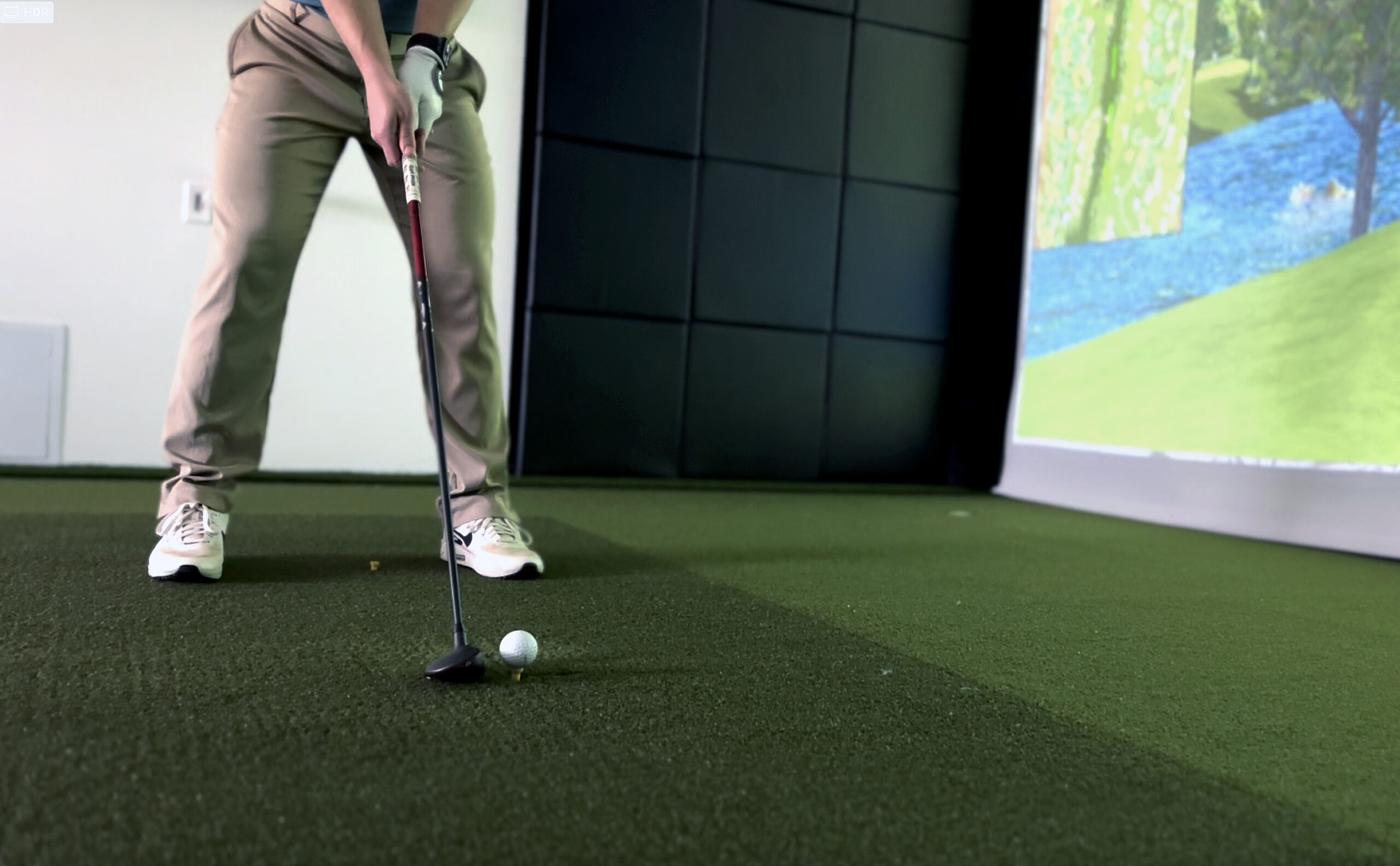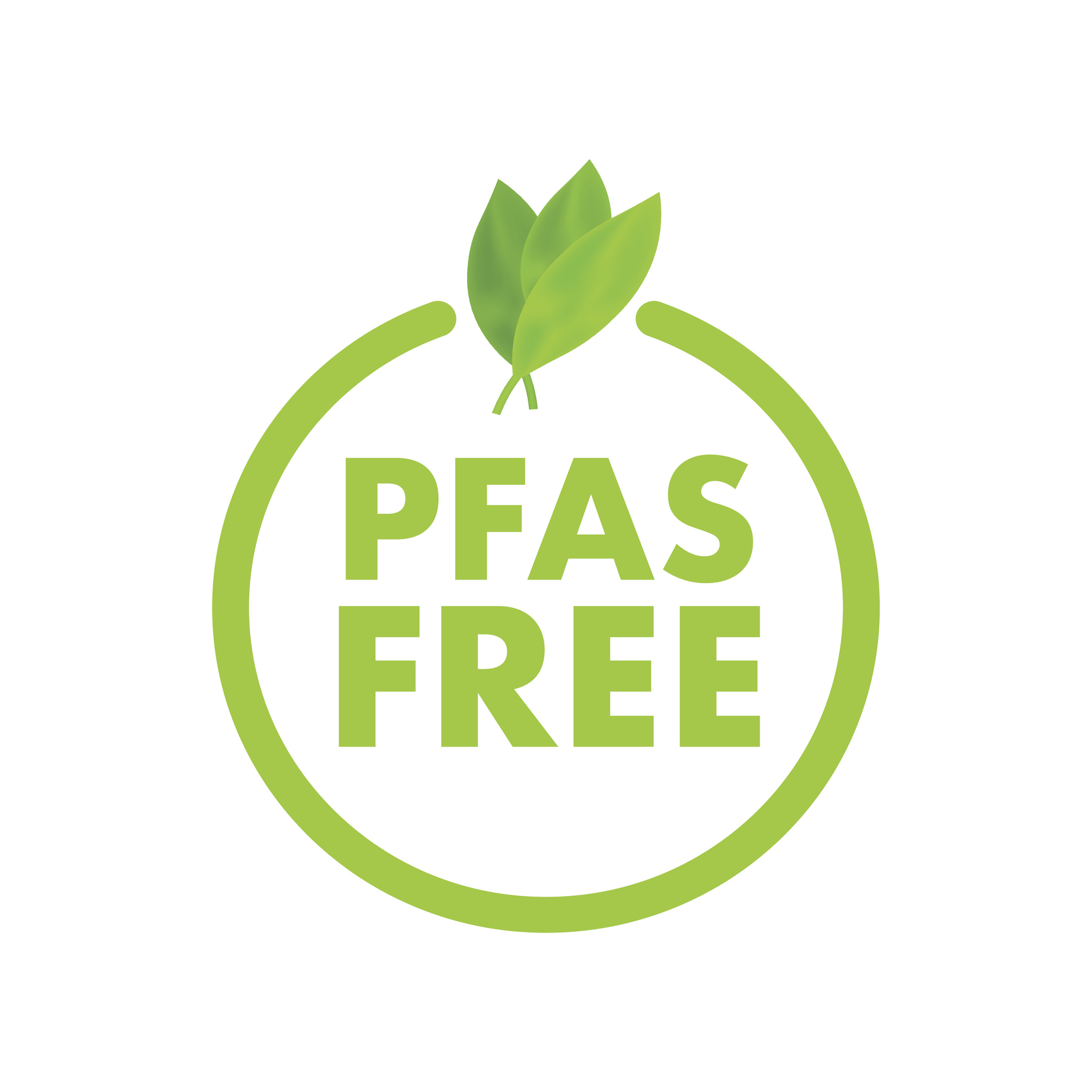


Textiles are everywhere – from the clothing we wear, cars we drive, and furniture we occupy to the roads we travel, bandages we use to heal, and structures that shelter us for protection, each fabric is carefully selected for its unique construction and properties.
But what if the clothing you wore could monitor your heart rate and transmit medical alerts to your doctor? Or if the bandages you affix to your skin didn’t just cover a wound but dispensed healing medication. Perhaps a construction worker would be interested in wearing a hard hat that can provide a warning about carbon monoxide poisoning based on fluids from the skin. That’s where smart textiles come in.
Smart textiles — also referred to as functional fabrics and e-textiles — are changing the way we think about the role of fabrics for industrial purposes and everyday use. With new technological advancements, we’re moving closer to a future where fabrics are functional, beautiful and responsive.
Since smart fabrics are a newer technology, many people aren’t aware of their potential. Smart textiles provide an added benefit to the user beyond the typical value of the fabric. They respond and adapt to their environment.
Fabrics are a combination of fibers and polymers, natural and man-made, that are constructed through a variety of techniques, the most popular being knitted or woven. Each blend of fabric serves a different purpose, individualized for a particular climate or function. But since fabric is the foundation for so many products and more, it makes sense to see how its utility can be expanded.
Take temperature, for instance — cotton and linen clothing are perfect for hot environments, as they are breathable and light. However, the allowance for airflow that keeps you cool creates a problem in colder temperatures. Going back and forth from hot to cold areas can be a nuisance when choosing what clothing to wear.
Functional textiles change that. They can adapt based on design structure or external stimuli. Imagine a fabric that can respond to a temperature change and keep you comfortable, much like your skin. And, along with adopting new capabilities, smart fabrics create a more sustainable culture. With the ability to transform, less product is needed which produces less waste.

The evolution of technical textiles takes cues from the electronics and photonics industries. The integration of sensor arrays and plastic optical fiber (POF) creates an extension of functional fabrics commonly known as smart textiles.
At its core, technical textile manufacturing is a vast landscape of advanced yarn systems combined with textile formation techniques. The completed construction can be further transformed through lamination, coatings and composite methods.
Depending on their use, smart fabrics are created by fusing together fibers and technology. These fibers include conductive yarns and polymers, shape memory polymers, encapsulated phase change materials, fiber optics, and other small electronics. They may also use external additions, such as:
These materials interact with one another along with an external stimuli — such as temperature, light or pressure — creating a transfer of energy. Once activated, the functional fabric responds depending upon the textile’s function.
Smart textiles generally belong to one of two main categories:
Both categories of smart fabric serve their own purposes and work to solve current issues with industrial and fashionable materials.
Smart fabric can be used in any industry. We have seen heightened use in these industries:
Smart fabrics solve common issues in many industries. Body temperature regulation is crucial in law enforcement, military, and athletic professions, among others. Rather than relying on layers and worrying about breathability, smart fabric can adapt to temperature shifts fluidly.
Within the medical field, developers are working on textiles that can monitor heart rate, dispense medication, and even transmit immediate notification if the wearer of the textile were to fall.
Currently, researchers at Advanced Functional Fabrics of America (AFFOA) are focusing on four main categories of technology-enabled fibers:

Prior to this new age of development, semiconductors were affixed to fabric, creating the ability to “power-up.” But the yarns lacked softness and putting a circuit board/power source onto the fabric decreased its wearability. Today, the industry wants to shrink these diodes to sand-like particles and infuse them into the fiber itself.
As technology continues to advance, smart textiles will become the solution for many more common issues, possibly replacing the bulky hardware objects that currently adorn our home and workplace surfaces. The versatility and adaptability of e-textiles allow for a wide range of soft, flexible applications. With durable designs and innovative yarns, these products can stand the test of time.

Soldiers dress in thick layers and haul about 110 pounds of tactical gear. Not only does it take a lot of effort to carry, but it also poses a need for portable power sources. Batteries are carried, along with their gear, and disposed of quickly. Without ample power, the equipment becomes unusable.
The consortium of companies, academia and the Department of Defense that make up AFFOA have been developing the ability to create wearable power sources for military applications. Batteries are a huge cost, due to how many of them soldiers go through to keep their devices running. The development of power source smart textiles and connectors in body armor and similar fabrics are crucial to creating a system that’s both reliable and user-friendly.
This isn’t the only application, either. The Canadian military has made use of full-fabric keyboards in its IAV Stryker units, developed to replace the bulky, traditional hardware. They’re lighter, easier to transport and have fewer components to break. Applications for smart textiles vary greatly, making them a great solution for many needs.
Grandview Research projects that the compound annual growth rate for smart fabrics will soar over the next few years. As technology advances, there has been a growing demand for more sophisticated and smarter textile products.
This, coupled with the rapid growth of low-cost smart wireless sensor networks, has been driving the market in North America. The Asia-Pacific region is witnessing increased demand for smart textiles as well, attributing the need to the rapidly developing healthcare and construction industries. On the other hand, the growing market for automobiles in Europe is boosting the smart fabrics growth rate in this region.
This growing demand creates opportunities for manufacturers who may have thought smart fabrics were out of their reach. As people begin to anticipate and demand them, the market will widen.
Smart textiles will get a lift from an anticipated reduction in the expense of manufacturing electronic components. Cheaper building blocks generally lead to higher demand. Conductive materials are needed for smart fabric manufacturing. Smart fabrics may contain electrical components such as:
Army uniforms in several countries have been made with nanotechnology. Anything that can assist with military efficiency opens new options and will garner lots of attention from government scientists, creating further demand for the material. Some scientists even believe smart fabrics could be used to help military personnel detect chemical weapons and alert wearers to biological threats.
Creating a world where smart textiles become commonplace can be beneficial in several ways. Sustainability and extending the lifespan of the products we use have been worldwide topics of concern. By creating e-textiles demonstrating longer lifespans, better durability, and interchangeable styles, we can reduce the amount of textile waste in landfills dramatically.
With the ability to serve everyone from fabric consumers to astronauts, smart fabrics are incredibly versatile and customizable. There is a smart fabric solution for every need. Everyone seeks ways to improve their lifestyle, whether it’s through their workouts, commutes or their social communication skills. E-textiles are technologically multi-faceted and can help to enhance an individual’s lifestyle in so many ways:
While e-textiles are currently expensive and difficult to access, incorporating them into all areas of everyday life will make them more readily available. Although they come with a premium price tag, their value is much higher, having the potential to last through an entire lifetime of use.
Over the past few years, wearable smart fabrics have gained traction and are becoming more readily available to consumers. Here are a few highlights:
Smart fabrics are continually advancing in their capabilities. Some of the latest e-textiles to hit stores include temperature control, integrated payment options, and health tracking features. There have already been major strides in creating wearable technology. Growing intrigue and industrial need will continue the upward trend of smart textiles.
Smart textiles and functional fabrics have been in sight of scientists and designers for years. Only recently have they made their way onto runways and into headlines. And, the more consumers and technologists learn about smart fabrics, the further they push the limits.

As technicians continue to develop these textiles, their capabilities will expand, making them able to function as a sort of second skin. Temperature-regulating fabric is already available, but progression will allow for a more fluid user experience. The fabric will read stimuli and respond to it with a shift in energy.
One of the most significant areas of progression will likely be in the field of health and wellness. Beauty and medicinal companies are looking at ways we can make fabrics that positively affect the wearer’s health. This includes the ability to:
Making clothing that resists wear is presently underway, thanks to the innovation of smart fabric. Through continued development, self-healing and repairing fabric may become a reality. Tears, holes and seam rips could become a thing of the past. Clothing may evolve from short-term to lifetime purchases.
In the near term, we can expect the apparel industry to be early to market smart textiles by technology integration through flexible printed electronic methods. Beyond 2021, integrated electronic textiles will permeate diverse business sectors, providing integrated communication services, touch sensing remote controls, energy harvesting, and charging embedded during the formation of the textile structure.
Knitting and weaving technologies are setting the standards for e-textile manufacturing, and Apex Mills is helping to pioneer the future.
When considering developing a new yarn for interlacing into textile structures there are a multitude of formation methods to consider; wet emulsion, wet dispersion, vapor deposition, extrusion, wet spinning, dry spinning, electro-spinning, drawing, co-extrusion, covering, twisting, plaiting, and co-mingling, to name a few.
Universities, institutes, and companies are innovating yarn functionality for the next level of performance. Energy and communication are the newest performance characteristics that will be required to enable e-textiles.
Drexel University’s Center for Functional Fabric has recently engineered a yarn that will store energy. This textile battery is much lighter and remarkably flexible, enabling it to become part of the fabric structure. Modifying traditional yarn with textile coatings and twisting methods, fibers are converted to a conductive yarn which is then paired through twisting with a stainless-steel yarn. The dual conductor systems work together to collect endless quantities of energy.
Creating technical, smart or functional fabrics is a regular business at Apex Mills. Our custom approach to textile product development begins with customers like you.
At Apex Mills, we believe in creating a smarter world, where bold solutions to everyday problems thrive. Our business operates through one unifying motto — “Problem shared. Problem solved.” We create custom fabric solutions for your specific design challenges, working with you as a partner. Each project is carefully evaluated to provide you with the best solution possible. Apex Mills practices Application Driven Design, ensuring we can fulfill your needs.
Every design is created and manufactured in the U.S., with locations in Long Island, New York, and North Carolina. Being an all-American company, we can provide quick and effective services globally. Apex Mills wants to help you find exactly what you’re looking for. Partner with us and experience our fast and thorough customer service. Fill out our online questionnaire, and we’ll get started creating a personalized warp knit fabric for you.




Reach your most challenging
textile goals with confidence.